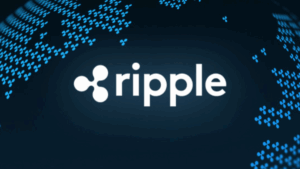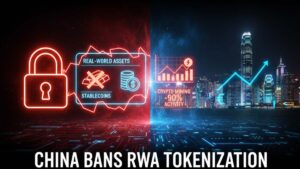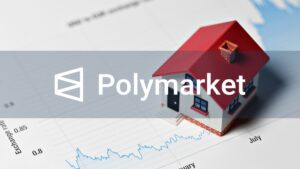TL;DR
- The tokenization of assets and fractional ownership is enabling investors with lower capital to access opportunities that were previously exclusive to large capitals.
- Fractional ownership allows acquiring a part of an asset, facilitating real estate investment by removing financial barriers, such as buying only 10% of a condominium.
- Tokenization converts property rights into digital tokens, increasing liquidity and transparency in the real estate market, while allowing effective portfolio diversification.
The tokenization of assets and fractional ownership are transforming the investment world, especially in the real estate sector. This innovative mechanism enables investors to access opportunities that were once exclusive to large capitals, thus democratizing how properties are acquired and managed.
Fractional ownership allows investors to acquire a part of an asset instead of having to purchase it in full. This approach has been especially useful in the real estate market, where property prices can be prohibitive. For example, instead of having to shell out $300,000 to buy a complete condominium, an investor could choose to acquire only 10%, making it much more accessible to a wider audience. Thus, financial barriers that have limited participation in such investments are eliminated.
How Does Asset Tokenization Work?
Asset tokenization goes a step further by converting property rights into digital tokens that are registered on a blockchain. Each token represents a fraction of the underlying asset, facilitating its purchase, sale, and transfer. A landmark case of this process is the St. Regis Aspen Resort, which managed to tokenize 18.9% of its property, raising $18 million through Indiegogo. This practice provides liquidity to the real estate market and also increases transparency, as all transactions are immutably recorded on the blockchain.
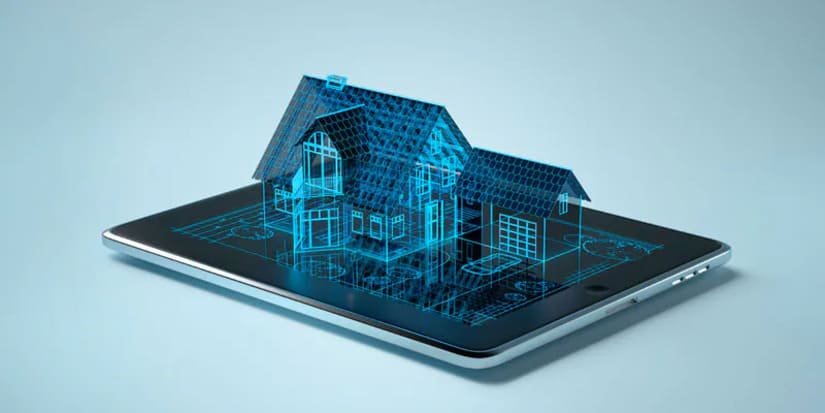
A Fundamental Advantage
A crucial aspect of fractional ownership and tokenization is the portfolio diversification they offer to investors. By allowing the acquisition of smaller parts of various properties, investors can distribute their risk more effectively. This is especially beneficial in an environment where market conditions can vary significantly between different types of properties and locations. Instead of concentrating their capital in a single investment, investors can acquire fractions of residential units, commercial buildings, and even industrial properties, minimizing the impact of a potential decline in the value of a single asset.
The use of smart contracts is another essential component. These contracts automate the execution of agreements when certain conditions are met, simplifying the buying and selling process of assets. This can include, for example, changes in property registration that occur without manual intervention, increasing efficiency and reducing the possibility of errors. The integration of smart contracts in real estate tokenization provides a smoother and more secure investment experience.
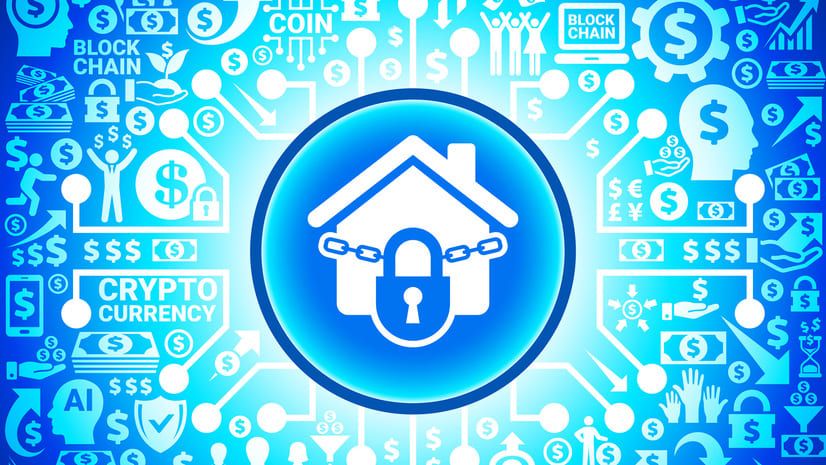
Accessibility, Flexibility, and Security
As this model continues to advance, the real estate tokenization market is expected to keep growing. This is due to an increasing demand from investors looking for more accessible and flexible alternatives. It not only facilitates real estate investment but also addresses the need for transparency and liquidity in a sector that has traditionally been considered illiquid.
Therefore, the combination of fractional ownership and tokenization has the potential to redefine how people invest in real estate, creating a more inclusive and diversified environment. As these technologies become more popular, investors have the opportunity to explore new investment avenues, contribute to the growth of a more accessible market, and benefit from the digital revolution taking place in the real estate sector



